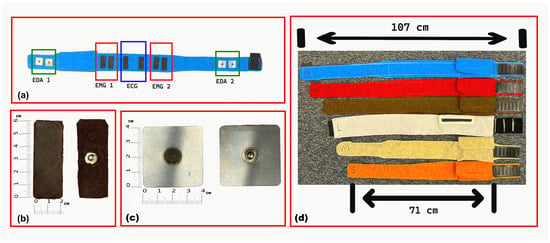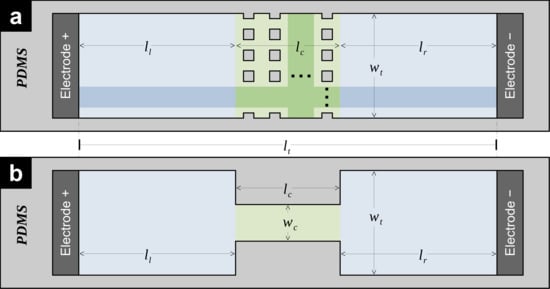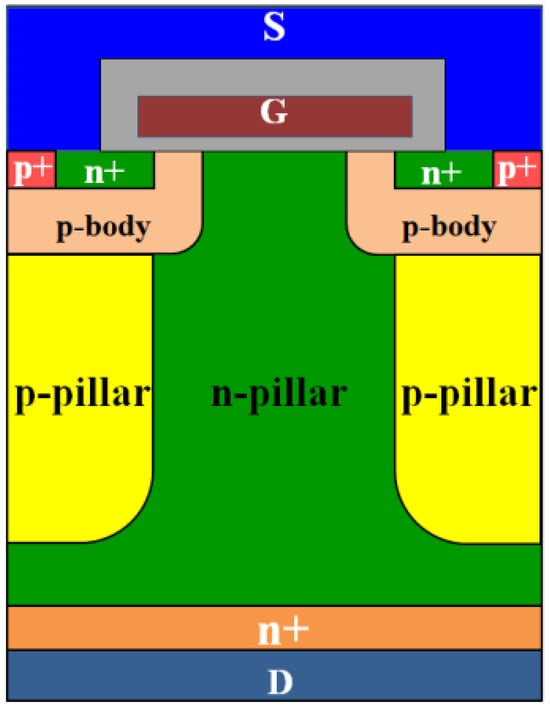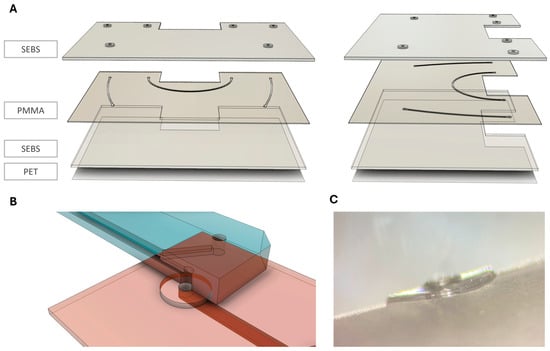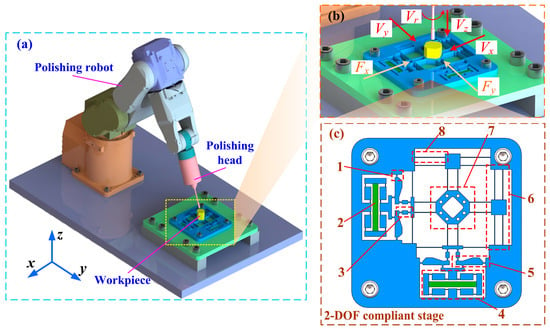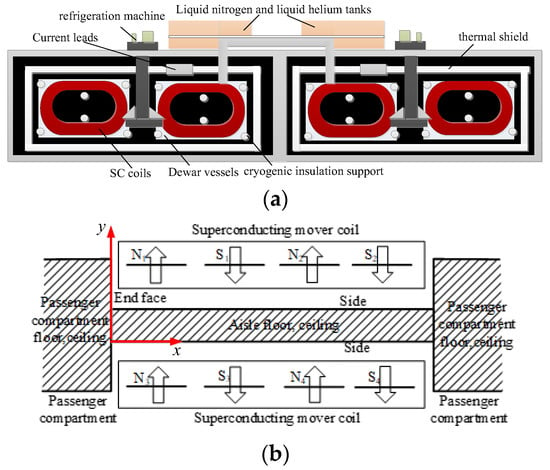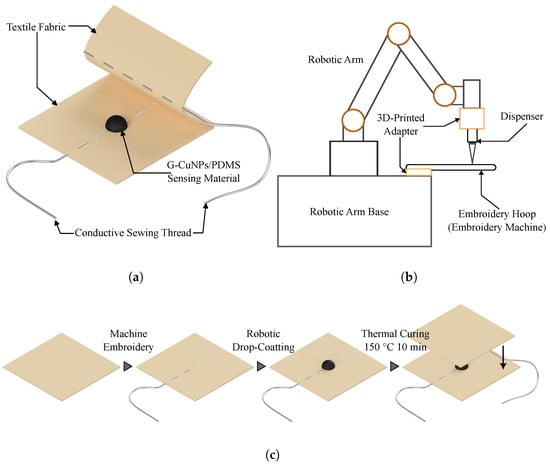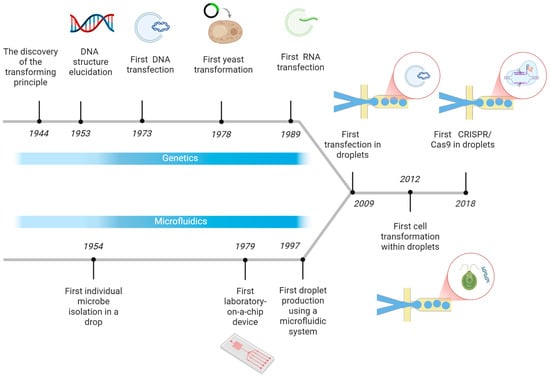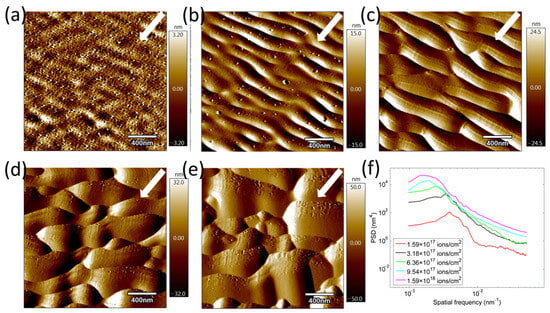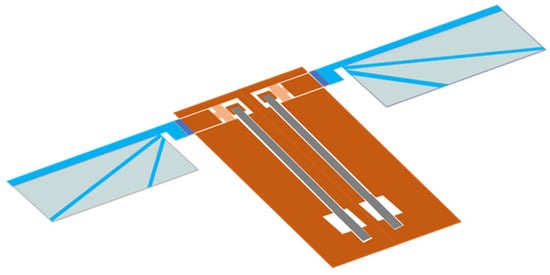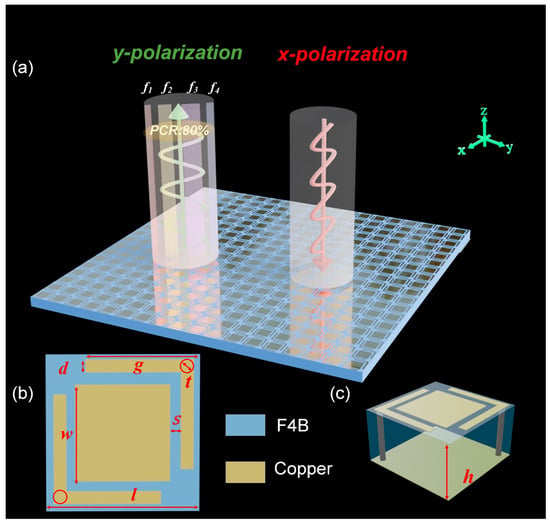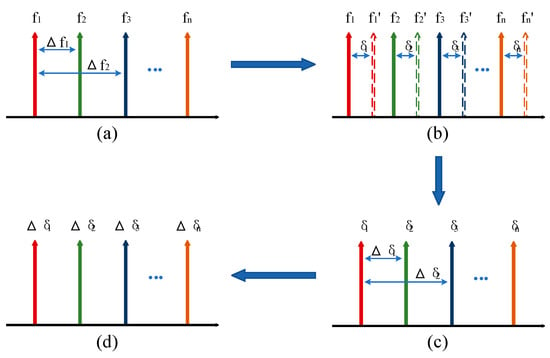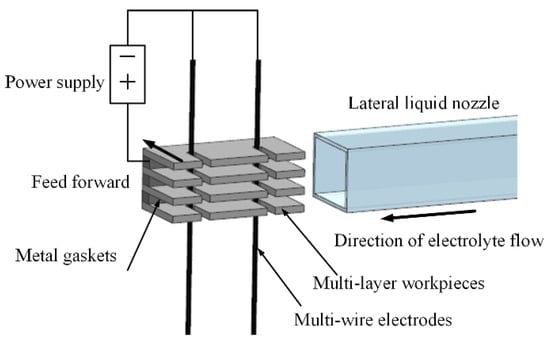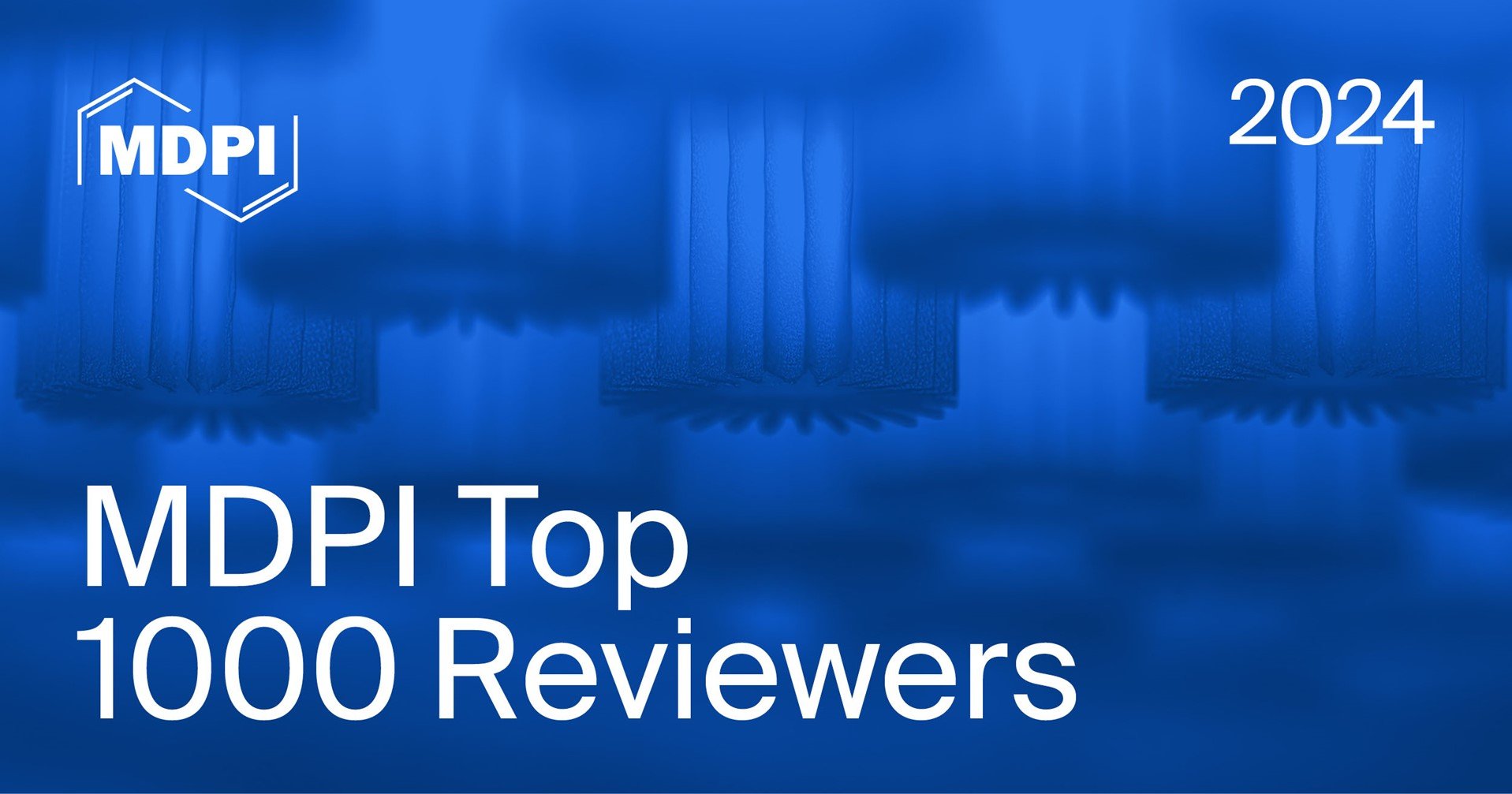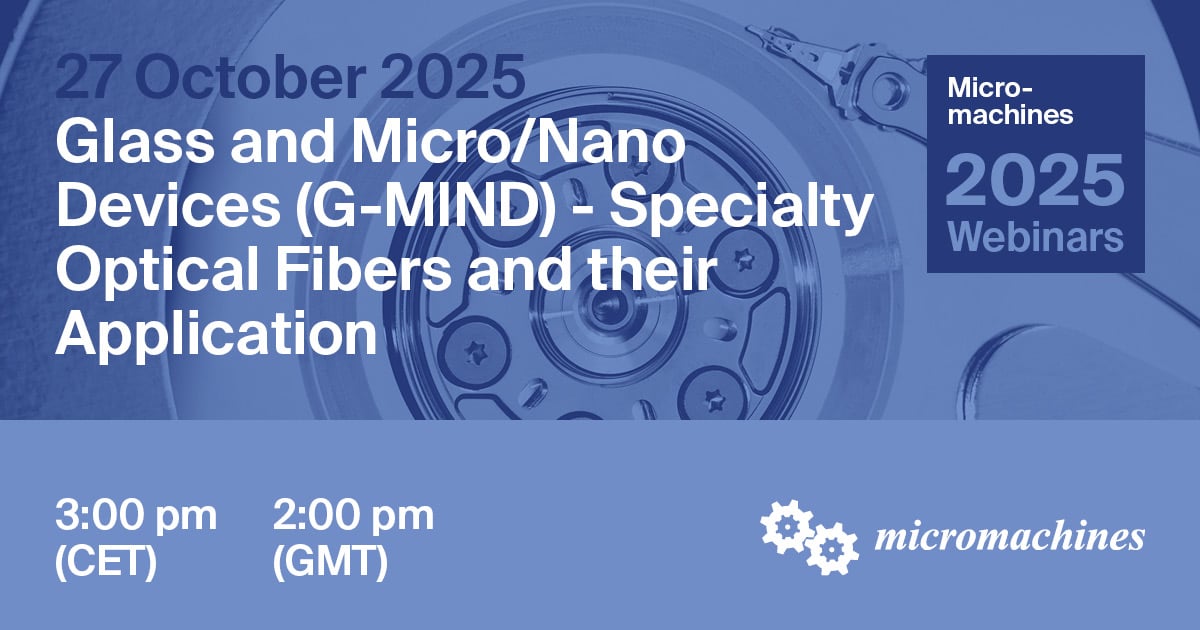-
 Development and Evaluation of Multi-Module Retinal Devices for Artificial Vision Applications
Development and Evaluation of Multi-Module Retinal Devices for Artificial Vision Applications -
 A Wrist Brace with Integrated Piezoelectric Sensors for Real-Time Biomechanical Monitoring in Weightlifting
A Wrist Brace with Integrated Piezoelectric Sensors for Real-Time Biomechanical Monitoring in Weightlifting -
 Parametric Rule-Based Intelligent System (PRISM) for Design and Analysis of High-Strength Separable Microneedles
Parametric Rule-Based Intelligent System (PRISM) for Design and Analysis of High-Strength Separable Microneedles -
 The Role of Pd-Pt Bimetallic Catalysts in Ethylene Detection by CMOS-MEMS Gas Sensor Dubbed GMOS
The Role of Pd-Pt Bimetallic Catalysts in Ethylene Detection by CMOS-MEMS Gas Sensor Dubbed GMOS
Journal Description
Micromachines
- Open Access— free for readers, with article processing charges (APC) paid by authors or their institutions.
- High Visibility: indexed within Scopus, SCIE (Web of Science), PubMed, PMC, Ei Compendex, dblp, and other databases.
- Journal Rank: JCR - Q2 (Instruments and Instrumentation) / CiteScore - Q1 (Mechanical Engineering)
- Rapid Publication: manuscripts are peer-reviewed and a first decision is provided to authors approximately 17.2 days after submission; acceptance to publication is undertaken in 1.9 days (median values for papers published in this journal in the first half of 2025).
- Recognition of Reviewers: reviewers who provide timely, thorough peer-review reports receive vouchers entitling them to a discount on the APC of their next publication in any MDPI journal, in appreciation of the work done.
- Testimonials: See what our editors and authors say about Micromachines.
- Companion journal: Micro.
- Journal Cluster of Instruments and Instrumentation: Actuators, AI Sensors, Instruments, Micromachines and Sensors.
Latest Articles
E-Mail Alert
News
MDPI’s Journal Cluster of Instruments and Instrumentation Webinar | Next-Generation Flexible and Stretchable Systems and Devices, 31 October 2025
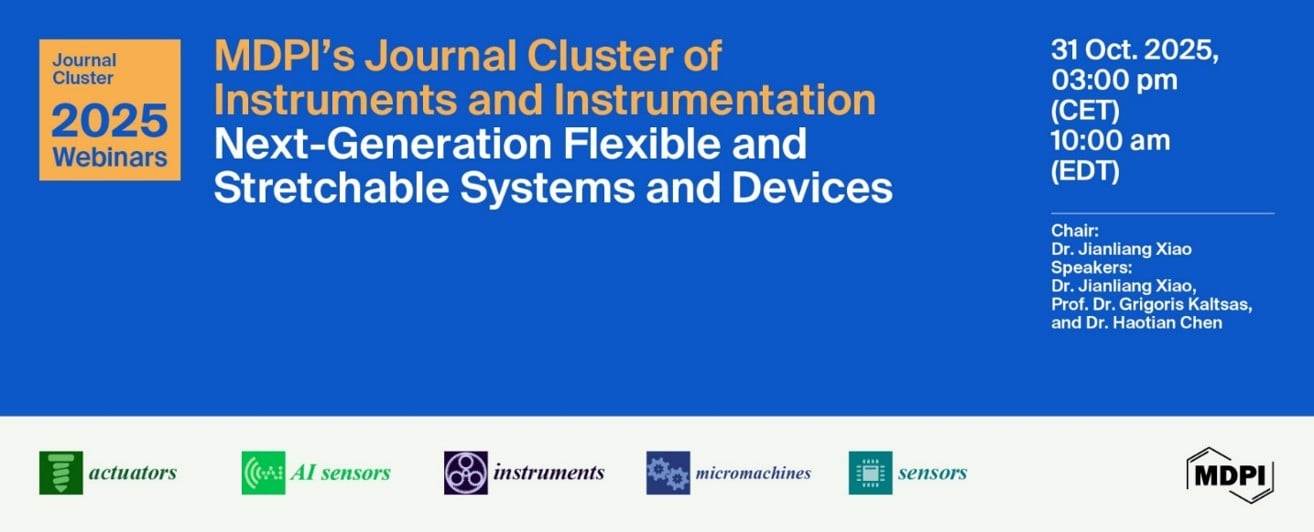
Topics
Deadline: 31 December 2025
Deadline: 28 February 2026
Deadline: 31 March 2026
Deadline: 30 April 2026
Conferences
Special Issues
Deadline: 15 November 2025
Deadline: 20 November 2025
Deadline: 20 November 2025
Deadline: 25 November 2025




